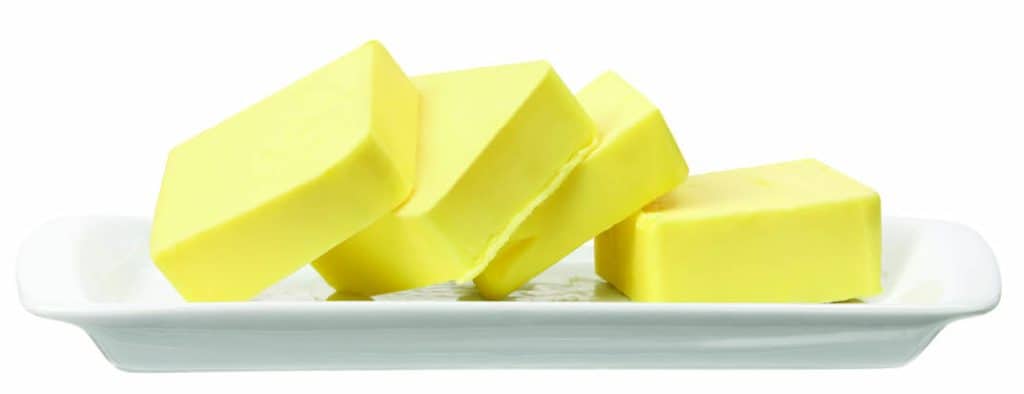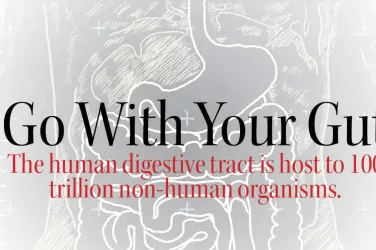Which Dietary Fats Are Which
 Fat—it’s a modern day menace, or is it? The truth is, we need dietary fat as a source of energy and much more. Fats and fatty acids play roles in almost all of our body’s processes. The trick is to get the right amount, the right kind of fat, and the right balance.
Fat—it’s a modern day menace, or is it? The truth is, we need dietary fat as a source of energy and much more. Fats and fatty acids play roles in almost all of our body’s processes. The trick is to get the right amount, the right kind of fat, and the right balance.
The Skinny on Fats
Most of us know all fats are not created equal. Cooking with olive oil, for example, is considered healthier than cooking with butter. Yet which fats are deemed “good” and which are “bad” can get a little confusing, so we’ve put together a simple outline based on information derived from the American Heart Association (Heart.org), that doesn’t get bogged down in the science of it all.
Polyunsaturated Fat = Good
Found mostly in plant sources—nuts, seeds, vegetable oils—and in oily fish, it tends to lower blood cholesterol levels. Examples include soybean, corn, and sunflower oil. In addition, there are two main classes of polyunsaturated fatty acids, omega-3 and omega-6. Herring, salmon, trout, and mackerel, are a good source of omega-3. Omega-6 is mainly found in plant foods such as sunflower oil and rapeseed oil.
Monounsaturated Fat = Good
It tends to lower LDL (“bad”) cholesterol and may increase HDL (“good”) cholesterol. According to the AHA, monounsaturated fat is found in plant and animal products, such as olive, canola, peanut, safflower, and sesame oil, and in some plant foods such as avocados and nuts.
Saturated Fat = Bad
It can increase blood cholesterol levels and is usually solid at room temperature, with the exception of tropical oils. Saturated fat is found mostly in meat and dairy products, as well as some vegetable oils, such as palm oils. Butter is high in saturated fat.
Trans Fats = Ugly
So bad they are even worse than saturated fats! Trans fats can be natural or artificially created through a process called hydrogenation. Artificial trans fats are mostly found in fast foods, fried foods, and baked products such as cookies. Natural trans fats can be found in small amounts in milk and beef, and—sorry cheese lovers—in quite large concentrations in cheese.
Choosing lower fat milk and milk products reduces the amount of total fat as well as the amount of trans fat and saturated fat you might consume from this important food group.
Go Nutty, Get Healthy
According to the Mayo Clinic, eating nuts as part of a heart-healthy diet may lower the LDL cholesterol level in your blood. (High LDL is one of the primary causes of heart disease.) Nuts are also packed with protein, are a good source of fiber, and contain other heart-healthy substances. Eating nuts may reduce your risk of developing blood clots that can cause a fatal heart attack. They also appear to improve the health of the lining of your arteries.
Keep in mind that a serving of nuts is a small handful. Up to 80 percent of a nut is fat. Although it’s healthy fat, it contains calories. Consuming too many calories can pack on unwanted pounds.
The Butter-Margarine-Butter-Margarine Flip Flop
 Remember when butter was the scourge and margarine rode in on a white horse to save the day? Turns out, this margarine was loaded with bad trans fat, created through hydrogenation—the very process used to solidify liquid vegetable oil into a spread. So all those years you were slathering margarine onto your food and baking with it, you might as well have been indulging in real butter.
Remember when butter was the scourge and margarine rode in on a white horse to save the day? Turns out, this margarine was loaded with bad trans fat, created through hydrogenation—the very process used to solidify liquid vegetable oil into a spread. So all those years you were slathering margarine onto your food and baking with it, you might as well have been indulging in real butter.
Today, non-hydrogenated margarine, which contains no trans fat, is widely available. Since we know saturated fats and trans fats—both present in butter—can raise total cholesterol and LDL cholesterol, it’s wise to minimize your butter intake. Although the butter vs. margarine debate continues, the American Heart Association recommends the use of non-hydrogenated margarine as a butter substitute. Choose a brand with zero trans fat, no more than two grams of saturated fats per tablespoon, and with liquid vegetable oil as the first ingredient.
Here’s to Your Best Health!
Fats are calorie dense, and all fats tend to have the same number of calories. Maintaining your health isn’t just about the kind of fats you eat; it’s also about how much fat you consume. The American Heart Association (AHA) advises these fat guidelines for healthy Americans over age two.
- Eat 25 to 35 percent of your total daily calories as fats from foods like fish, nuts, and vegetable oils.
- Limit saturated fats to less than seven percent of your total daily calories.
- Limit trans fats to less than one percent of your total daily calories.
- For good health, the majority of fats you eat should be monounsaturated or polyunsaturated.
By Annette Brooks









